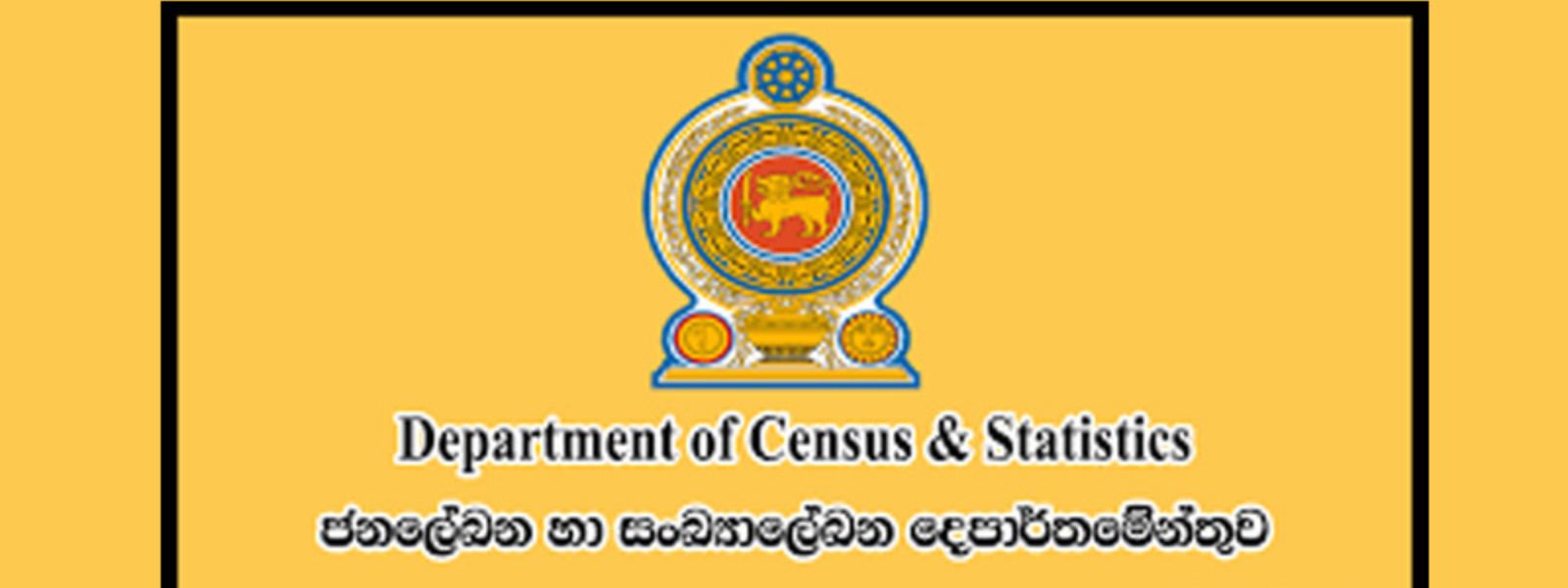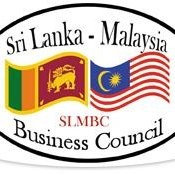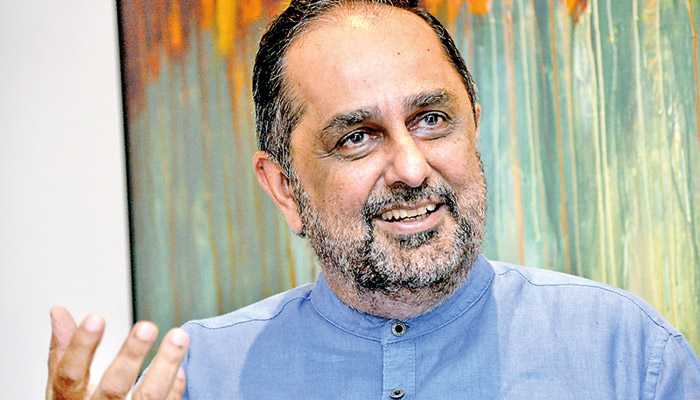 The timeliness of this book review is underlined by these words of President Mahinda Rajapaksa to the people of Sri Lanka on May 19, on the occasion of the country’s ‘30 year war’ coming to a close: “We have removed the word minorities from our vocabulary three years ago. No longer are the Tamils, Muslims, Burghers, Malays and any others minorities. There are only two peoples in this country. One is the people that love this country. The other comprises the small groups that have no love for the land of their birth.. Those who do not love the country are now a lesser group.’
The timeliness of this book review is underlined by these words of President Mahinda Rajapaksa to the people of Sri Lanka on May 19, on the occasion of the country’s ‘30 year war’ coming to a close: “We have removed the word minorities from our vocabulary three years ago. No longer are the Tamils, Muslims, Burghers, Malays and any others minorities. There are only two peoples in this country. One is the people that love this country. The other comprises the small groups that have no love for the land of their birth.. Those who do not love the country are now a lesser group.’
Ending the labeling of Sri Lanka’s citizenry as belonging to this or that ethnic or cultural group is indeed a long overdue task, mainly on account of the fact that such facile categorizing does not have a scientific basis to it and the book about to be reviewed amply bears this out. Moreover, individuals and social groups would feel part of a wider citizenry only to the degree to which they believe that they are being treated fairly by governments and on merit and merit only being recognized by states as the criterion for self-advancement. These are some of the most effective means of bringing about a sense of solidarity among a country’s citizenry.
If it is the aim of the President to bring about national unity and togetherness, then he would need to ensure that persons are not discriminated against on the basis of considerations, such as, ethnicity and religion, which is rampant in some sections of the public sector. He would find that when such iniquities are erased ‘love for the motherland’ would automatically grow among all sections of the people. Besides, institutional practices which facilitate the labeling of persons should be done away with forthwith.
It was no less a person than that distinguished Sri Lankan educationist and thinker, Dr. E.W. Adikaram, who, several years back, laid bare the utter fallaciousness and absurdity of subscribing to the notion of ‘racial purity’. This is primarily on account of the continuous cohabitation and intermarrying that has been occurring among Sri Lanka’s population groups over the centuries. Prior to the advent of European colonialism, Sri Lanka was ‘peopled’ by an influx of migrants, from particularly Southern India, and after the incursion of Western imperialism, by whites of numerous nationalities. How then could a case be made for a “pure Sri Lankan race”?
Well known political scientist and Women’s Studies authority Kumari Jayawardena’s highly informed and comprehensive research in the ‘Erasure of the Euro-Asian…’, besides helping to expose the wholly unscientific and mythical nature of the popular belief in ethnic purity, details comprehensively, the largely unrecognized but wide- ranging contributions made by Sri Lanka’s Euro-Asian community, or that local social group consisting of persons of mixed native and European origins, to Sri Lanka’s public, cultural, literary and intellectual life over the decades. A perusal of this book would reveal the enormously enriching multidimensional variety of these contributions, which, evidently, have generally gone unacknowledged by mainly those who have come to matter in Sri Lanka’s public affairs or by Sri Lanka’s ‘establishment’. This is the reason why this community of mixed descent, this book reviewer would prefer to characterize as ‘invisible’; that is, they go largely unnoticed and unacknowledged.
A chief merit of this book consists in the fact that the lives of prominent Euro-Asians and their liberative impact on contemporary public life are dealt with in considerable detail. It could be seen that many of these individuals were far ahead of their times. As a consequence of being open to the progressive political thought of Western Europe of around two centuries ago, for instance, they were in a position to strongly infuse Ceylonese political discourse with concepts and principles which helped greatly in raising public awareness about democracy and its institutions long before even political independence was contemplated for Sri Lanka. Besides, they counted in their ranks men and women of abundant talent who could wield the medium of English with considerable dexterity and thereby reach the people through the most vibrant of newspapers and publications which took the issues of the times head-on.
Two leading intellectual lights of those times from the Ceylonese Euro-Asian ( Burghers and Eurasians ) community were, Richard Morgan ( 1821- ‘76) and Charles Ambrose Lorenz ( 1829-‘71), who launched the topical and analytical ‘Young Ceylon’ journal along with fellow Euro-Asians, such as, Frederick Nell, Louis Nell and Charles Ferdinands. They were influenced by the Young Bengal Movement of the 1830s, which sprang out on the Indian subcontinent, spearheaded by the ‘Anglo-Indian’ Henry Derozio, who helped energize the politics of his times with the bedrock ideals of the French and American Revolutions.
Charles Lorenz was also instrumental in establishing the The Ceylon League in 1865, which political organization played a key role in critically evaluating British governance in Ceylon. He was helped by fellow Euro-Asians, George Wall, John Henry Eaton and William Thompson.
The following celebrated verse by Lorenz encompasses his political ’ideology’:
‘It is not with influence and Grandeur alone
You can hope to succeed for an hour;
But the love of the people can only be known
When you share with the people your power’.
Commenting on the exceptional capabilities of these persons of mixed or ‘hybrid’ origins, the author of ‘Erasure of Euro-Asian…’ says: ‘Moreover, the Euro-Asians being neither fully European or Asian gave some of them the ability to challenge authority and orthodoxy, to face unpopularity and to take the risks by championing democratic rights. What might have been called “rootlessness,” far from being a source of weakness, was often a liberating factor and source of strength’.
However, what would prove particularly ‘eye-opening’ are the long lists of names, provided in this book, of present day highly public and political persons in Sri Lanka, of ‘hybrid’ or ‘Euro-Asian’ origins. Some of them, interestingly, have hit the headlines as ‘sons and daughters of the soil’ and ‘patriots’. These are in addition to the families whose Euro –Asian (Burgher) links are no longer a secret, such as, the Dias-Bandaranaikes, the Obeysekeras, the Gunawardenas, the Deraniyagalas, and the Illangakoons, to name just a few.
As Jayawardena points out, the Euro-Asian woman of Ceylon, has been as spirited and progressive as her male counterparts and have been in the forefront of efforts to storm many a ‘male bastion’ in the decades leading to political independence. Whereas many a ‘native’ woman lagged behind in general education and in the acquiring of professional capabilities, the same could not be said of the ‘hybrid’ woman who showed relatively early initiative and verve in combating and overcoming conventional attitudinal and institutional restrictions placed on the path to self-advancement of Asian women.
‘Erasure of the Euro-Asian ‘ carefully documents many a success story of these Ceylonese Euro-Asian women. While women’s rights were hotly debated and advocated by their male counterparts in the newspapers and journals of the mid 19th century, these ‘Burgher’ women not only immersed themselves in these intellectual currents but unrestrictedly championed these rights and freedoms. For instance, at a meeting of the Ceylon Women’s Union in 1901, founded by Dr. Mary Rutnam, who was a Canadian woman doctor married to a Sri Lankan, the following Euro-Asian women were impressively articulate on women’s rights: Ms. Beling, Ms. W. Greve, Ms de Kretser, Ms C.de Zilwa, and Ms. E. de Zilwa. The event was referred to as a ‘Dialogue on Women’s Rights’.
Jayawardena provides a wealth of information on the more resourceful and enlightened Euro-Asian women and on the ways in which they contributed to Sri Lanka’s advancement in the decades leading to ‘independence’. Some of them are: Eleanor Lorenz, women’s issues, Winifred Nell, medicine, Agnes de Silva, politics, Anil de Silva, journalism, arts and politics, and Minnette de Silva, architecture and politics.
These pioneering women constituted the ‘New Woman’ of Sri Lanka, who opened up a host of hitherto unheard of possibilities for local women. On this score alone their names deserve to be writ in gold in Sri Lanka’s modern social history.
Now that ‘Sri Lankan nationalism’ is very much on the upswing, with the notion gaining ground that ‘terrorism’ has been defeated, it is hoped that books such as ‘Erasure of the Euro-Asian…’ would help stimulate a robust national debate on who indeed is a Sri Lankan, besides recalling our minds to the contributions to national life by those communities whose existence some would choose to down-play and even ignore.
Post Disclaimer | Support Us
Support Us
The sailanmuslim.com web site entirely supported by individual donors and well wishers. If you regularly visit this site and wish to show your appreciation, or if you wish to see further development of sailanmuslim.com, please donate us
IMPORTANT : All content hosted on sailanmuslim.com is solely for non-commercial purposes and with the permission of original copyright holders. Any other use of the hosted content, such as for financial gain, requires express approval from the copyright owners.
 Sri lanka Muslims Web Portal Sri Lanka Muslims News Center
Sri lanka Muslims Web Portal Sri Lanka Muslims News Center



